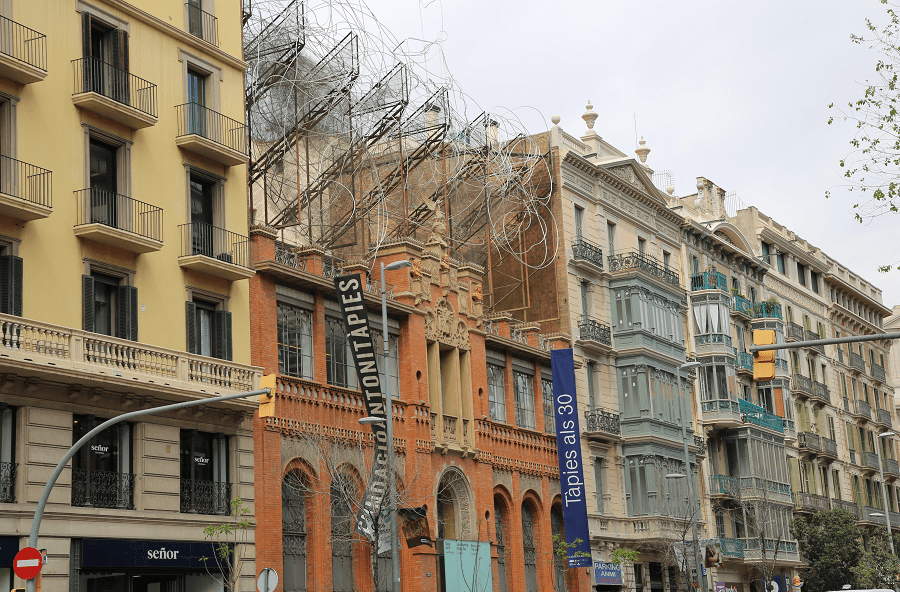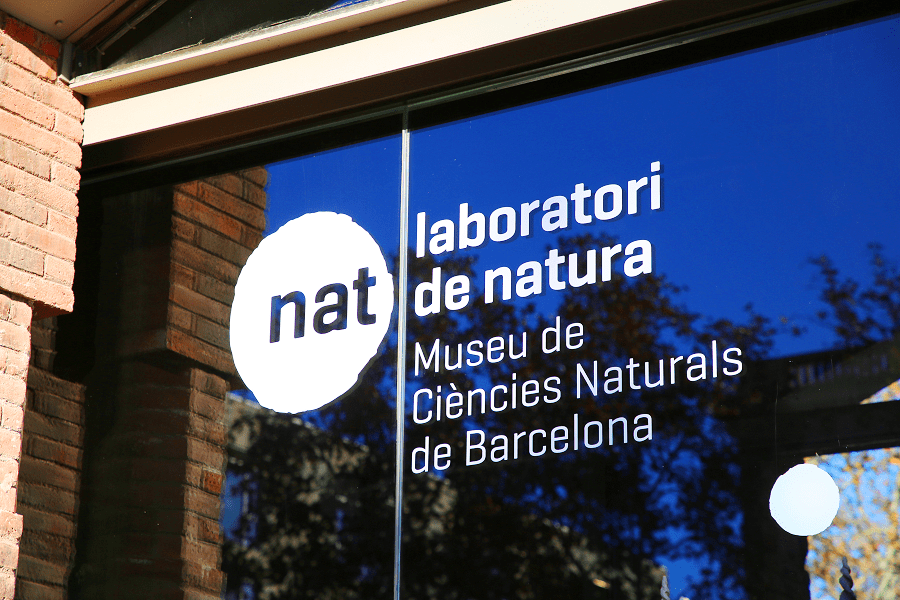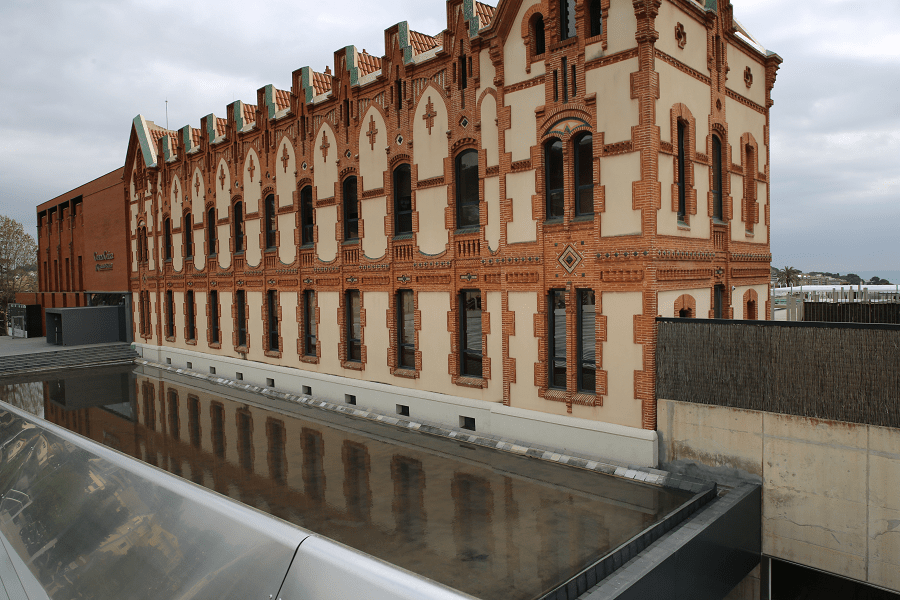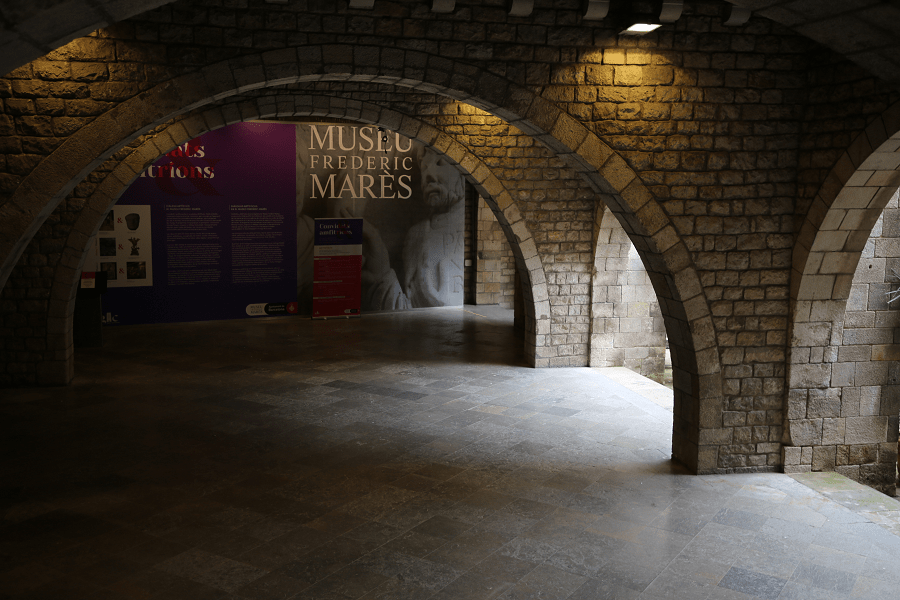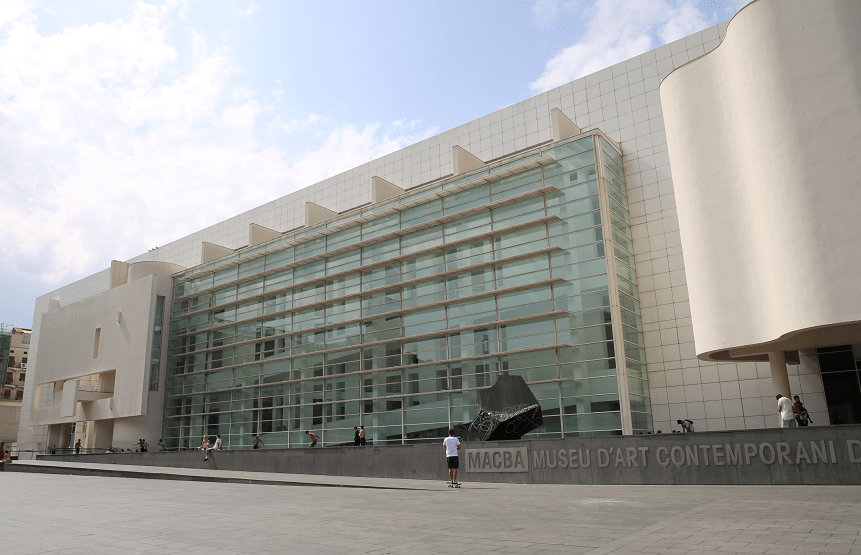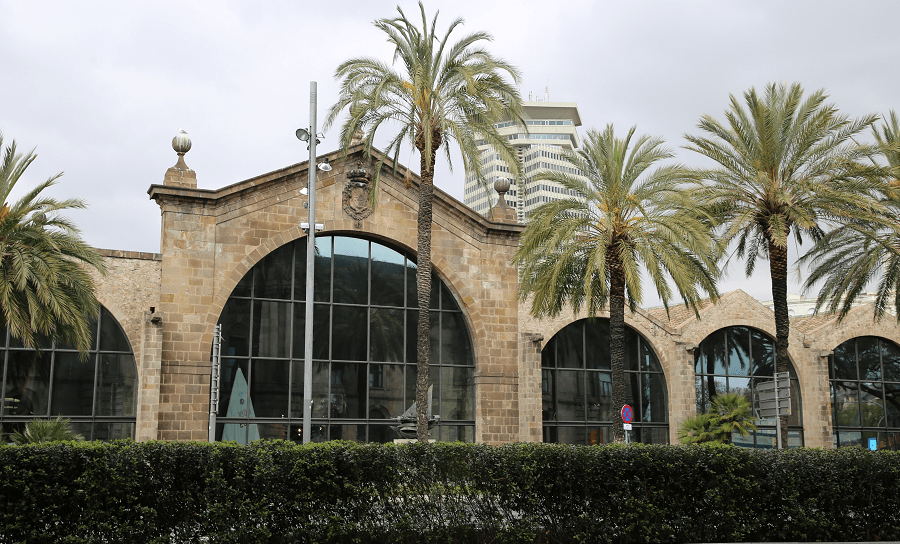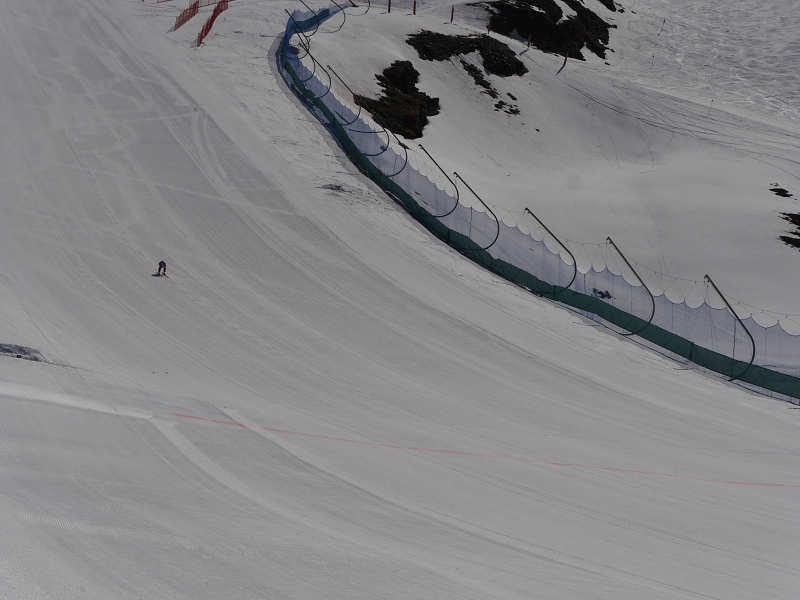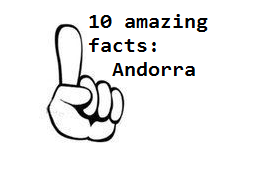Barcelona (Catalonia, Spain) has a large number of museums covering different areas and eras. There are 92 objects in total, including museums and collections. The National Art Museum of Catalonia has a renowned collection of Romanesque art, while the Barcelona Museum of Modern Art is dedicated to the Catalan art since 1945.
The Joan Miró Foundation, the Picasso Museum, Moco Museum, the Can Framis Museum and the Antoni Tapies Foundation have important collections of these world renowned artists.
Several museums cover the fields of history and archeology such as the Historical Museum of Barcelona, the Museum of Ethnology, the Historical Museum of Catalonia, the Archaeological Museum of Catalonia, El Born center, the Maritime Museum of Barcelona, Museum of World cultures, the Barcelona Music Museum or the Egyptian Museum, the latter being private.
The Erotic Museum, Firefighters Museum or the Chocolate Museum are some of the most unusual. Examples of science museums in Barcelona include the Barcelona Natural Sciences Museum, which is located in five different parts of the city, and Cosmocaixa, the Fundació la Caixa Science Museum. The latter received the European Museum of the Year award in 2006. There are also huge museums – art centers like CaixaForum Barcelona with 3 acres of exhibition space, a media library, auditorium, classrooms and a restaurant.
Barcelona’s municipal museums depend on the Barcelona Institute of Culture.
TOP 15 best museums in Barcelona
Museu Nacional d’Art de Catalunya (MNAC): This is a must-see if you are in Barcelona. The museum houses one of the most outstanding exhibitions of Romanesque art in the world. The building built for the 1929 World’s Fair is worth visiting, as is the magnificent view of Barcelona.
Address: Palau Nacional, Parc de Montjuïc, 08038 Barcelona.
Cosmocaixa: Cosmocaixa offers over 30,000 square meters of scientific information. An amazing and interactive museum that will encourage your participation and bring science closer to you so you can easily understand it. It allows you to enjoy a planetarium, a flooded forest or a universe room, and you can host many events and conferences as well.
Address: Carrer Isaac Newton, 26, 08022 Barcelona.
Museu de Ciències Naturals de Barcelona (NAT): The main exhibit “Living Planet” (“Planeta Vida“) covers 3,000 square meters and includes over 4,500 recovered, researched and documented items illustrating the evolution of the Earth from origins to modern times.
Address: Plaça Leonardo da Vinci, 4-5, 08019, Barcelona.
Museu del Modernisme de Barcelona: Barcelona is known throughout the world for modernism, but not everyone knows this museum. This private establishment invites you to experience the art of the modernist era in Catalonia, in its various forms and disciplines. A whole collection of artworks showcasing furniture, paintings, sculptures and arts and crafts of the time.
Address: Carrer Balmes, 48, 08007 Barcelona.
Museu Frederic Marès: The Frederic Mares Museum is located in the heart of the Gothic Quarter, in the old Royal Palace of the Counts of Barcelona. This museum displays not only the work of Frederic Mares, but also his collection of Latin American sculpture dating from ancient times to the 19th century.
Address: Plaça de Sant Iu, 5, 08002, Barcelona.
Monestir de Sant Cugat – Museu del Monestir: This list shouldn’t miss the most powerful monastery in the county, which houses an exceptional Romanesque monastery with 114 unique capitals. We recommend that you come either with an audio guide or on a weekend with one of the excursions. Come to the museum, this will allow you to learn some curiosities from the life of monks and better understand the architecture of the monastery.
Address: Plaça de Octavià, 1, 08132 Sant Cugat del Vallès Barcelona.
Casa Vicens: Summer home of the Vicens family. Known as Gaudí’s first masterpiece. The house was built between 1883 and 1885 and has been declared a UNESCO World Heritage Site. You can visit a permanent exhibition dedicated to the social, cultural and artistic context. They also hold various temporary exhibitions.
Address: Carrer de les Carolines, 20-26, 08012, Barcelona.
Joan Miró Foundation: This is a space dedicated to the dissemination of the artist’s work. Joan Miró created a unique and highly personal language, becoming one of the most influential artists of the 20th century. Other contemporary works can be found in the museum as well.
Address: Parc de Montjuïc, 08038 Barcelona.
Museu d’Art Contemporani de Barcelona (MACBA): A contemporary art museum located in Plaça dels Àngels in El Raval, Ciutat Vella. The museum opened to the public on November 28, 1995. The permanent collection of around 5,000 works (up from 1,100 when the museum opened in 1995) dates back to the mid-20th century and beyond. Three periods of contemporary art are represented: the first covers the forties – sixties; the second covers the sixties and seventies; the third period is contemporary. The collections focus on Catalan and Spanish art after 1945, although some foreign artists are also represented.
Address: Plaça dels Àngels, 1, 08001, Barcelona.
Museu del Disseny de Barcelona: This is the new center of the Barcelona Cultural Institute, which works to promote a better understanding and rational use of the design world by acting as a museum and laboratory. It focuses on 4 design areas or disciplines: space design, product design, information design, and fashion. The museum is the result of the amalgamation of several pre-existing museums such as the Museu de les Arts Contemporarys, the Museu Tèxtil i d’Indumentària and the Gabinet de les Arts Gràfiques collection. The opening of the new headquarters, located in Plaça de les Glòries, next to Torre Agbar, was planned gradually during 2014.
Address: Plaça de les Glòries Catalanes, 37, 08018, Barcelona
Museu Europeu d’Art Modern: The European Museum of Modern Art is located in Palau Gomis, on one of the side streets of Barcelona’s El Born district. The best works of contemporary art are exhibited here. This art form is usually not exhibited in museums of modern art, which is more identified with abstraction and experimentation.
Address: Carrer de la Barra de Ferro, 5, 08003, Barcelona.
Museu Marítim de Barcelona: The Maritime Museum of Barcelona is the epitome of Catalan and Mediterranean maritime culture. During a visit, you will not only enjoy a wonderful space for the interpretation and dissemination of the marine world, but you will also be able to see the magnificent building that houses the museum as well as the Royal Dockyards.
Address: Avinguda de les Drassanes, s / n, 08001, Barcelona.
Museu d’Història de Catalunya: The Museum of the History of Catalonia is a national museum that covers the history of Catalonia from prehistoric times to the present day. If you visit this place, you will be able to find objects and entertainment that invite the visitor to learn the history of Catalonia in an interactive and very interesting way. Another reason to visit this place is its location in Palau del Mar in Barcelona, from its terrace you can enjoy unrivaled views of the old port and other views of the city.
Address: Plaça de Pau Vila, 3, 08039, Barcelona.
Museu Diocesà: The Diocesan Museum of Barcelona has opened its doors after a long renovation process with a new space dedicated to one of the great architects and creators of human history: Antoni Gaudí. Thanks to the most modern technologies, the exhibition offers an innovative virtual tour. The Diocesan Museum of Barcelona is located in a historic building in Pia Almoina, in the Plaza de la Catedral. It is a structure with a Gothic building dating from 1435 and another Renaissance structure dating from 1546. The collection of the museum is the result of donations of works of art by the parishes of the Barcelona Diocese. It includes paintings, sculptures, gold products, textiles, clothing, and numismatics from the Middle Ages to the 20th century. The main theme is religious and it is the common denominator of all works.
Address: Av. de la Catedral, 4, 08002, Barcelona
Museu d’Arqueologia de Catalunya: The Museum of Archeology of Catalonia (MAC) houses and exhibits the most important archaeological collection of Catalonia. For this reason, the museum becomes an important museum and a place where one can learn about the archeology, history and ancient art of the modern Catalan territory. This national museum carefully presents the most important archaeological sites of Catalonia and allows us to learn about the history as well as the historical and cultural processes that took place. The Museum of Archeology of Catalonia (MAC) brings together five main museum sites: the Museum of Archeology of Catalonia in Barcelona, the headquarters of the institution, the Museum of Archeology of Catalonia in Girona, the Greco-Roman city of Empuries, in L’Escala; the Iberian citadel of Ullastreth; and the Olèrdola Castle and Archaeological Site at Olèrdola.
Address: Passeig de Santa Madrona, 39, 08038, Barcelona.
The cheapest way to explore most of Barcelona’s museums is with the Barcelona city card.
See more in Barcelona
Barcelona theatres and entertainment
Barcelona FC and sport infrastructure
Barcelona administrative division
See here Catalan travel guide





